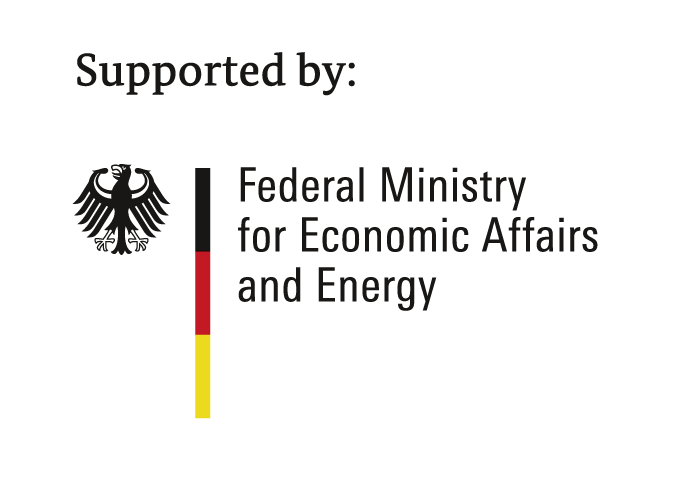
In recent years, Building Information Modeling (BIM) has changed the design and construction phase for buildings, made processes more efficient and opened up new possibilities for the exchange of information. However, the use of BIM in the operating phase of a building has not yet achieved the same impact and is still in its early stages.
The primary goal of BIMLIFE is to use BIM-based analysis and management processes in order to significantly improve energy efficiency during building operation. Building information modeling is transforming into building information management. What is critical here is to record both the behavior of buildings and technical systems and the behavior of the building users. The building optimization itself then requires the efficient planning and control of energy systems as well as their condition monitoring and predictive maintenance. The support of suitable BIM data models and adapted facility management processes is essential for this.
The Approach
Simply depicting a building in an information model is insufficient for applications in relation to facility management. It is therefore necessary in the project to extend BIM with other technologies, such as real-time sensor data that more realistically reflects the behavior of the building and its users. Coupling the digital model with real-time sensor data also generates new, measurable parameters. The BIMLIFE approach is implemented in a user-friendly collaborative software platform that brings together complementary processes in facility management that were previously considered separately.
This involves the integration of innovative methods for continuous commissioning, predictive maintenance and renovation, which are implemented with the aid of highly developed data analysis and simulation procedures. Within this framework, the entire lifecycle of the building is taken into account with the help of short-, medium- and long-term forecasts. BIMLIFE further strives toward heightened user perception and user feedback concerning the operating state of the building. For complete building operation, the concept of the digital twin is therefore implemented as a further aid. This serves as the basis for the semantic data extension and interpretation, communication by means of virtual depictions and user interactions.
Project status: completed
 Fraunhofer Institute for Integrated Circuits IIS, Division Engineering of Adaptive Systems
Fraunhofer Institute for Integrated Circuits IIS, Division Engineering of Adaptive Systems